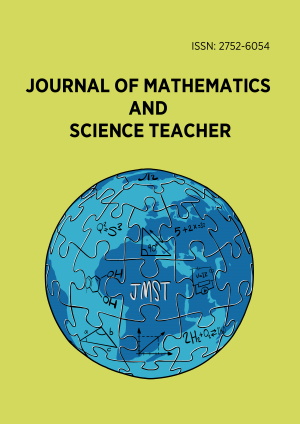Abstract
This quantitative study investigated three attitudinal components of senior high school students (enjoyment in math [EM], usefulness of math [UM], and interest in math [IM]) and self-regulatory learning (SRL) and math achievement (MA). SRL served as a mediating variable between attitude and MA. The gaps in studies over the years propelled the researchers to generate six hypotheses on the impact of attitude on MA and the mediating role of SRL between attitude and achievement. Data was collected by using a questionnaire on the attitudinal components and a test on MA administered to 272 students. The SPSS Amos was used to run a series of analyses. Specifically, the use of the structural equation model helped to generate factor loadings and the discriminant validity of the constructs were obtained before subsequent analysis of the data revealed several findings. Findings indicated that EM and IM did not have a significant impact on students’ MA although usefulness did. Nor did SRL have a direct influence on MA. However, all three attitudinal components (EM, UM, and IM) had a significant impact on SRL, yet SRL did not serve as an effective mediator between attitude and MA.
License
This is an open access article distributed under the Creative Commons Attribution License which permits unrestricted use, distribution, and reproduction in any medium, provided the original work is properly cited.
Article Type: Research Article
Journal of Mathematics and Science Teacher, Volume 5, Issue 3, 2025, Article No: em081
https://doi.org/10.29333/mathsciteacher/16582
Publication date: 07 Jul 2025
Article Views: 1090
Article Downloads: 517
Open Access References How to cite this article
 Full Text (PDF)
Full Text (PDF)